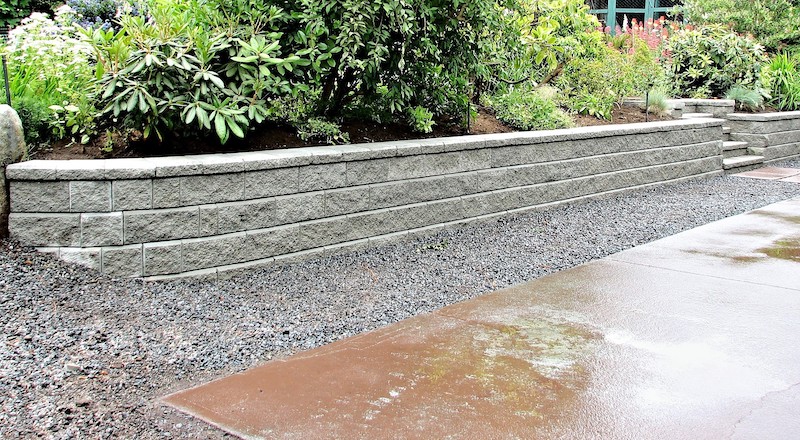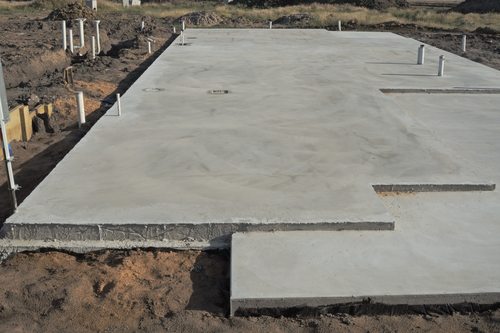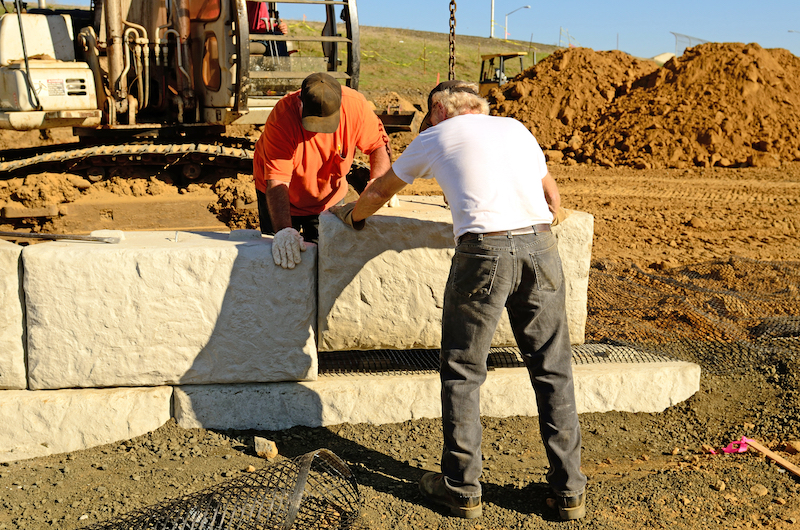What 10 Tools Does A Concrete Contractor Need?
A delicate balance between timing and getting the right equipment on hand for the job is dealing with wet concrete.
When the concrete has been poured, no one wants to turn around and realize that in order to get the job done on time, they’re short of an important tool.
While several high-tech power tools are available to complete a concrete mission, some of the most simple tools are just as critical.
As a concreting contractor, for the perfect concreting work, here are 10 of the most important concrete resources to have in your arsenal.
10 Concrete Tools Every Contractor Should Own
Ask any contractor who has worked closely with concrete before- once it has been poured, concrete waits for no one! If you don’t have the right resources in place, you might find yourself in a serious dilemma.
To add to this, the right concrete finishing tools make the difference between a great concrete project or a total catastrophe.
Most equipment for concreting is simple and does not require a lot of investment. Instead of unnecessarily forging out on equipment hire, it is necessary to own these basic resources as a contractor.
Yeah, some of the more high-tech, advanced equipment is a little more costly, but if used on a daily basis, it’s definitely worth the investment.
Keep in mind as a contractor that basic, no-frills hand tools are an enormous part of any concrete job and will always be 100% available on site.
Trustworthy staples such as a handheld float, trowel, saws, shovels, rakes, and kneeling boards may include some of these.
Other than that, here are 10 essentials to add to your concreting equipment:
- Concrete Screeds
Screeds are an incredibly essential instrument to ensure that after it has been poured, the concrete is as smooth and flat as possible.
Screeds are long and straight pieces of tubing or panel, available for particular concreting projects in a variety of sizes.
Ensure that your screed is longer than the width of your concrete form for hand-screening ventures. This helps the screed to glide along the shape’s top edges while smoothing the concrete out.
- Concrete Vibrators
When it is poured, a concrete vibrator is used to compress and settle the concrete so that it dries out uniformly and smoothly.
There are four basic concrete vibrators that most contractors use onsite:
- An internal vibrator, also known as a needle, that settles wet concrete using a vibrating probe.
- A vibrator of the form that connects to the outside of the concrete form.
- A vibrator screed that binds to a moving screed and during screening vibrates the concrete.
- A table vibrator, which is a metal table used for vibrating concrete when poured into a mould.
These vibrators can be hired for various projects depending on your particular concreting work.
- A Wheelbarrow
Ah, the trusty steed with three wheels. For any contractor, a wheelbarrow is really a no-brainer piece of equipment, no matter the business.
Wheelbarrows are often underrated instrument, but they can be used to move small quantities of concrete, equipment, rubble, soil, and more around the site.
They are also useful for transporting concrete samples around the site for slump tests and other required evaluations.
- A Portable Concrete Mixer
This is a tangible tool that will save you a great deal of energy and time. A concrete mixer performs all the dirty work for you, rather than mixing tiny quantities of concrete by hand to fill in holes or faults.
A concrete mixer is also useful for small pours that don’t warrant a complete order of ready-mixed concrete too. It also allows a more detailed and cleaner pour of concrete.
- Rubber Gloves and Boots
When dealing with a material such as concrete, these are important onsite objects. Concrete, after all, contains potent chemicals that can irritate the skin and harm it.
Over time, as the cement draws moisture from your skin, exposure to concrete on the skin will cause extensive damage.
Always make sure you always use rubber gloves and boots that allow you to work as quickly as possible with concrete, without worrying about skin irritation.
- Vapour Barriers
Vapor barriers are an effective tool to help improve the consistency of the concrete, also known as vapor retarders.
To prevent moisture from evaporating from the surface, which weakens concrete, a vapor barrier is imposed over the top of poured concrete.
To prevent the escape of water or dry base materials from drawing moisture from the concrete, a vapor barrier may also be mounted below the concrete surface.
- A Concrete Saw
While you may need a variety of different saws on a concrete site, the most important thing is a concrete saw. This will be used to cut control joints when setting up the concrete after it has been poured.
For cutting wood and metal rebars on-site, standard wood saws, such as circular saws, demo saws, or chop saws, are also needed.
- Concrete Floats
Another critical instrument used to ensure the concrete surface is as smooth, compact, and flat as possible is a bull float.
A bull float is used immediately after the screening is done to smooth the concrete surface. A long pole that stretches through the entire width of the concrete shape characterizes the bull float.
For filling voids in the concrete or smoothing edges, smaller floats are also needed. These are referred to as magnesium floats and are commonly handheld to hit smaller, more complex regions.
- Groove Cutters
This method is also known as groovers, which are used to build control joints for walkways, driveways, residential slabs, and pavements on concrete surfaces. In lieu of a concrete cutter, a groove cutter is usually used.
A horizontal plate with a vertical fin attachment characterizes concrete groove cutters. For forming the grooves in the concrete, the horizontal plate has rounded edges.
- A Laser Level
This is the basic instrument used for leveling concrete types and assessing their height on most concrete sites.
A laser level is also helpful when it comes to testing embedded objects such as bolts, rebar, and concrete anchors for the correct height.
A laser level is highly precise and remains 100 percent true-to-form even over extremely long or large distances.



Are You Looking for a Concrete Contractor You Can Trust?
Spaulding Concrete has been the SF Bay Area’s top foundation builders for over 30 years. We’re here to fix your home’s foundation, no matter what problem may exist. We have the specialized equipment, services, and professional experience that you need to make permanent improvements to your building’s foundation. To get you started on the right foot, we would be happy to give you a free quote for the repair of the foundation.
When you reach out by phone or email we will have one of our foundation experts answer any questions you have and explain how we can restore integrity and structural stability to your home or company building permanently. Successful concrete projects require careful planning and thorough preparation. Spaulding Concrete reviews the site and designs to ensure that the concrete and base structure follows the criteria for the planned use and that the layout and finishes are suitable for the project. The qualified concrete experts at Spaulding Concrete will be on schedule, on budget, and meet or exceed standards by careful planning, professional execution, and strict quality control.
To schedule your free quote, contact us today! We are proud to serve Orinda, Lafayette, Moraga, Pleasant Hill, Concord, Martinez, Pittsburg, Antioch, Brentwood, and the surrounding areas.
